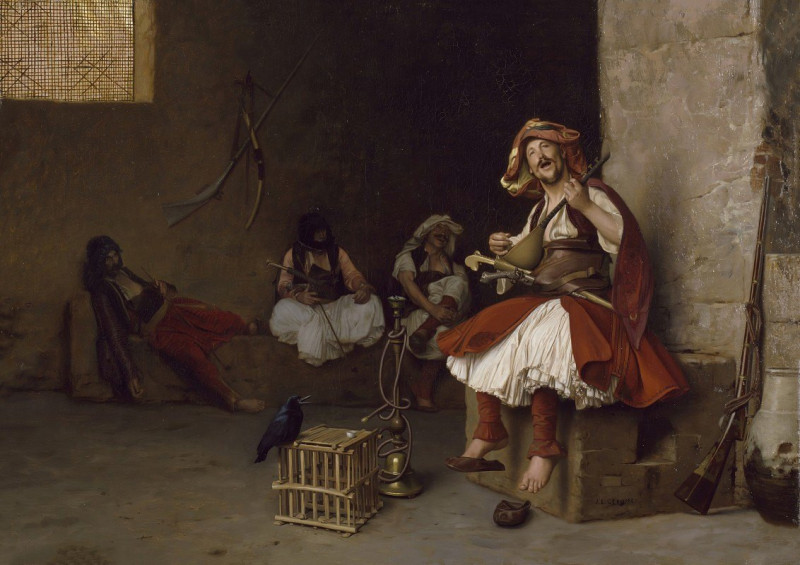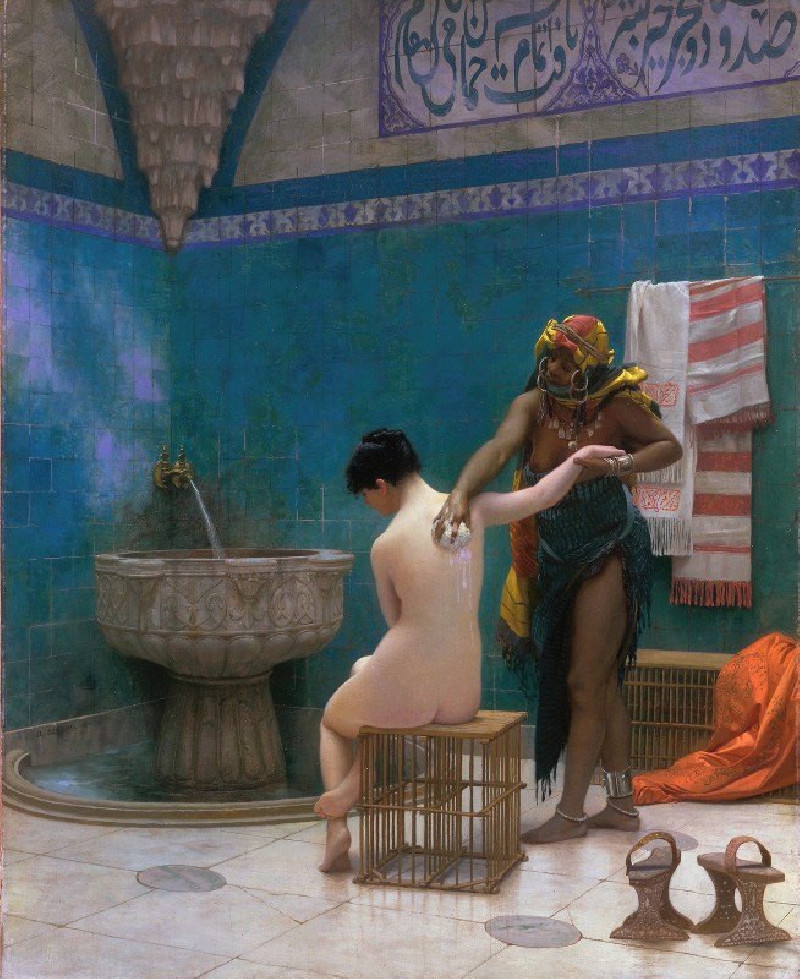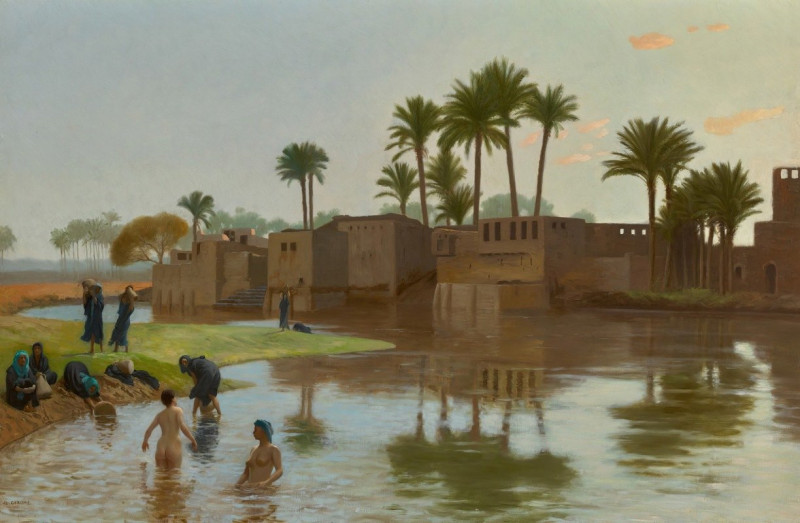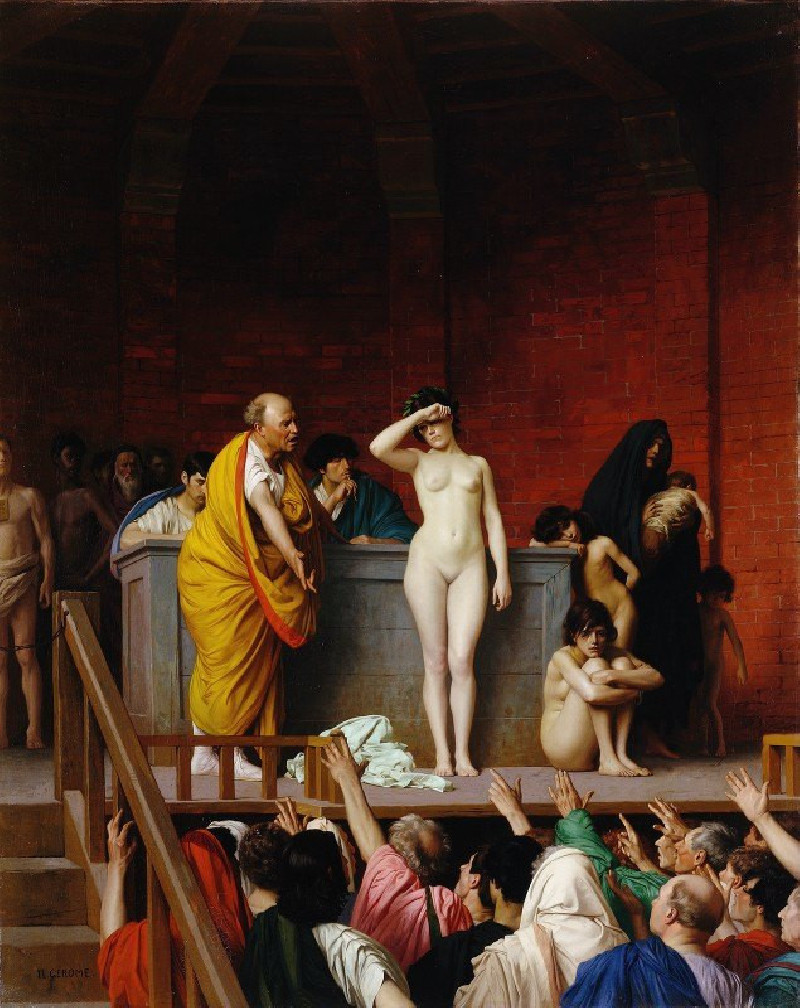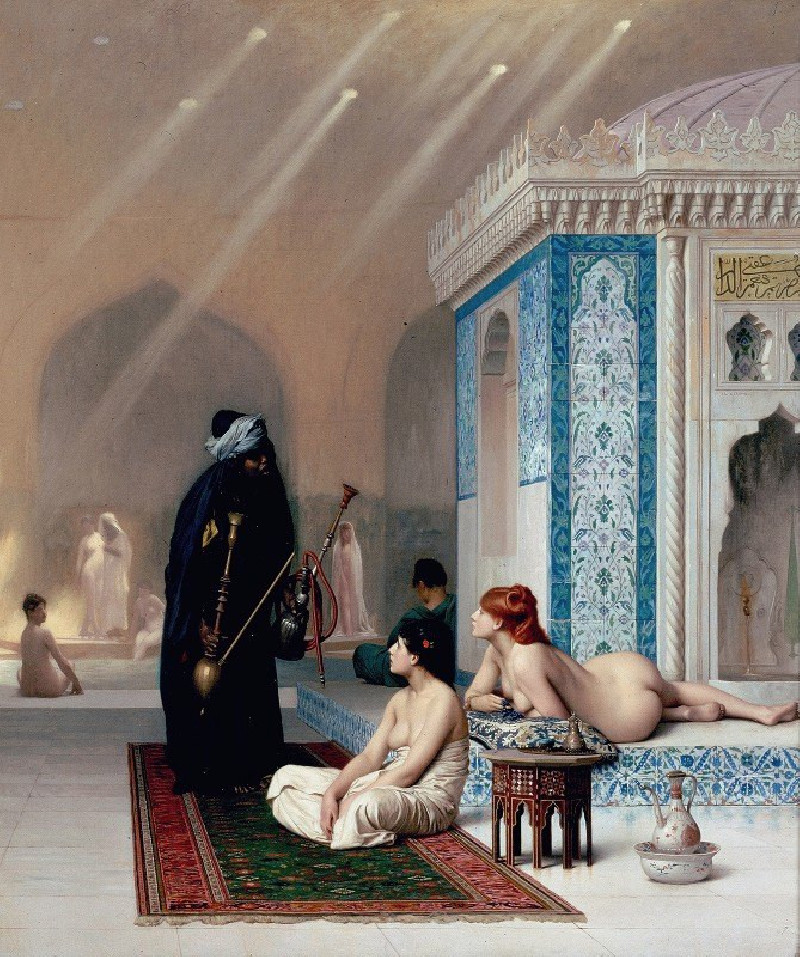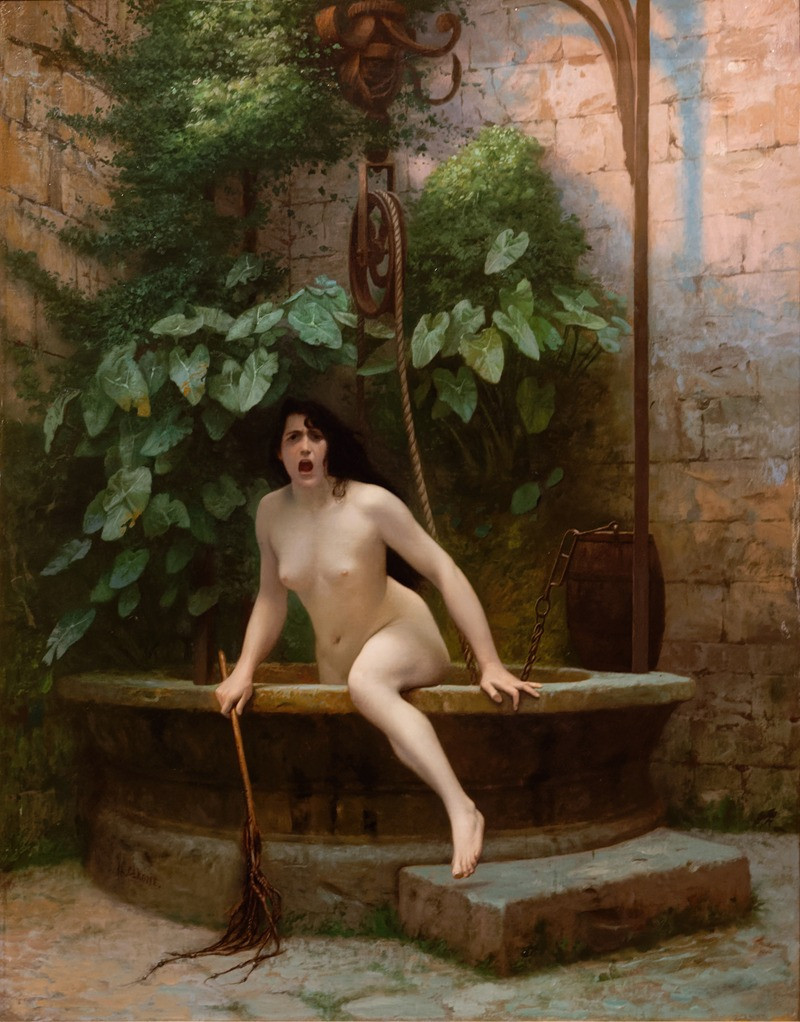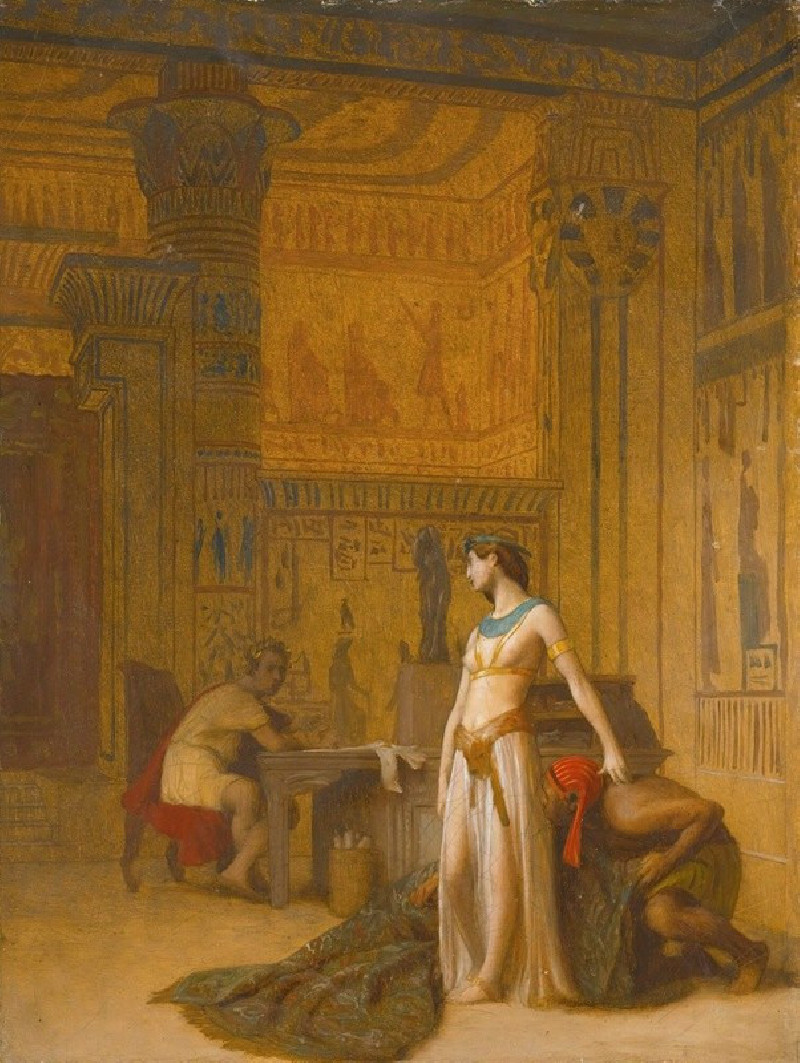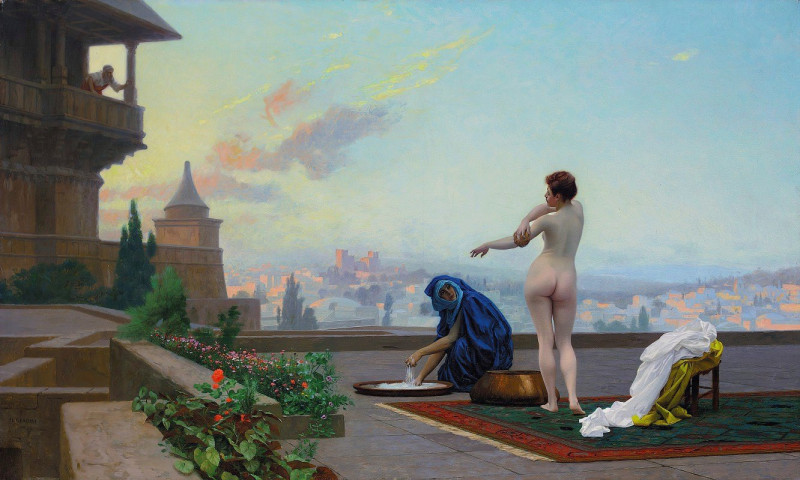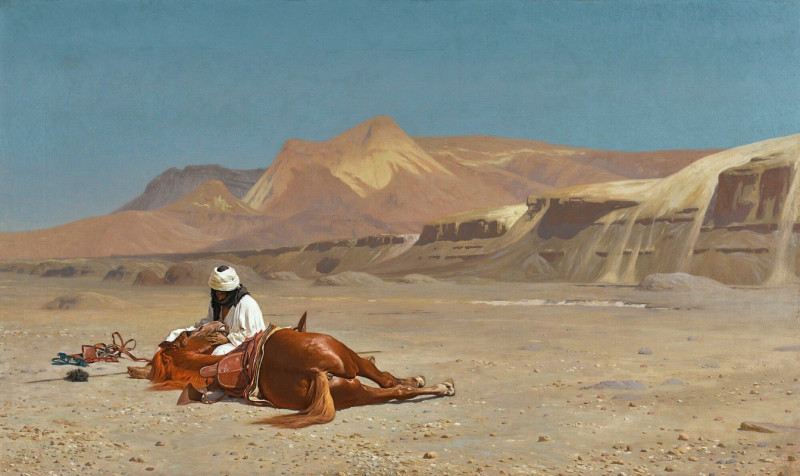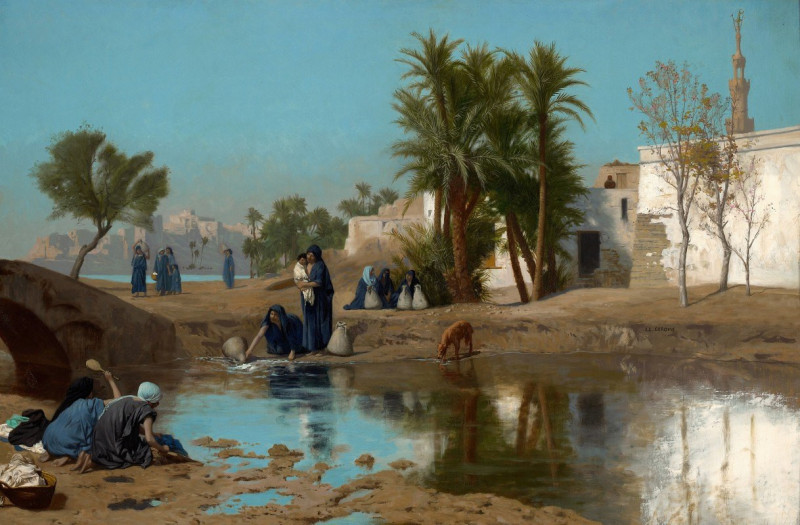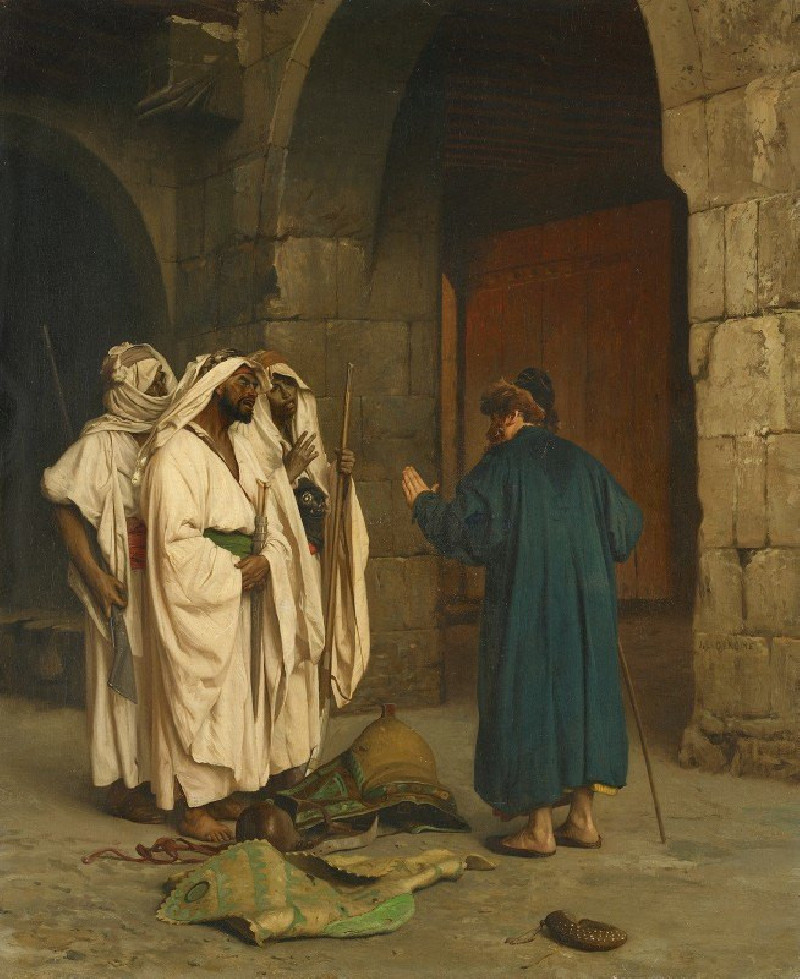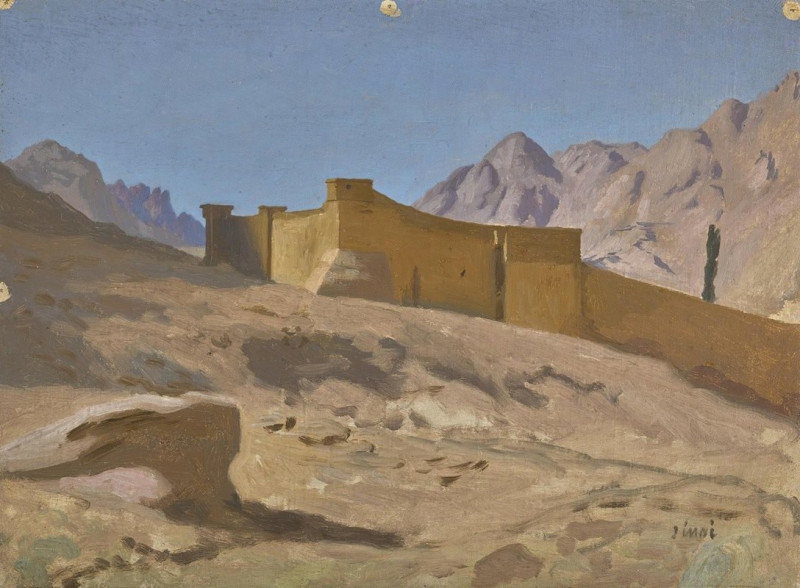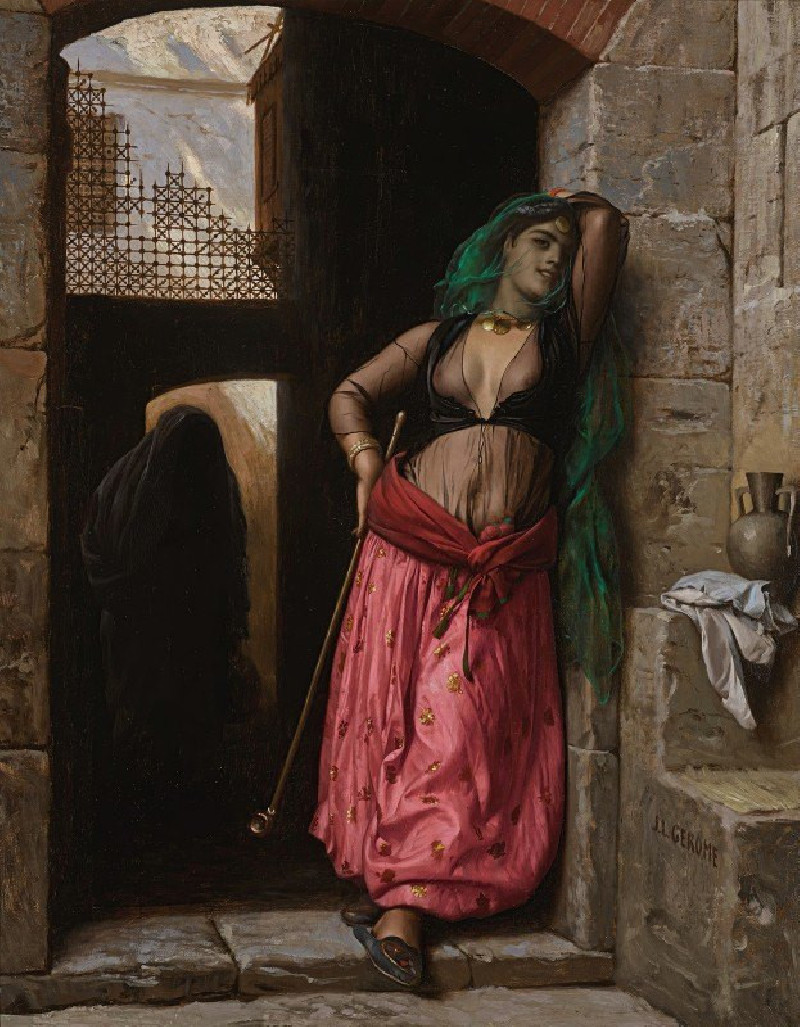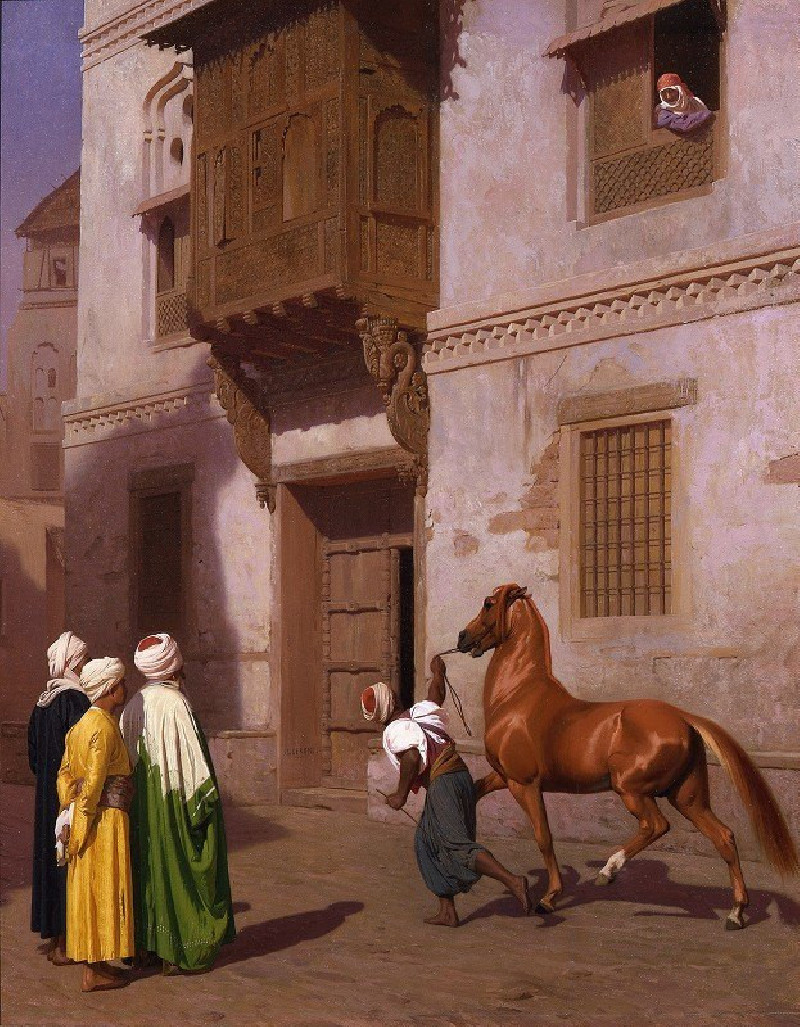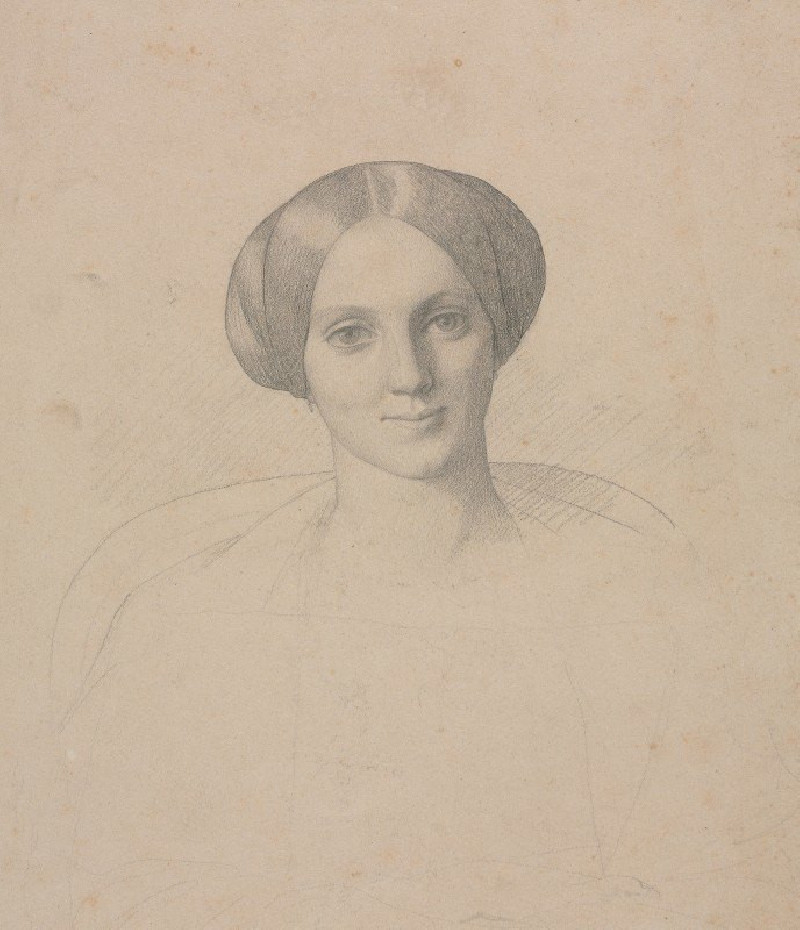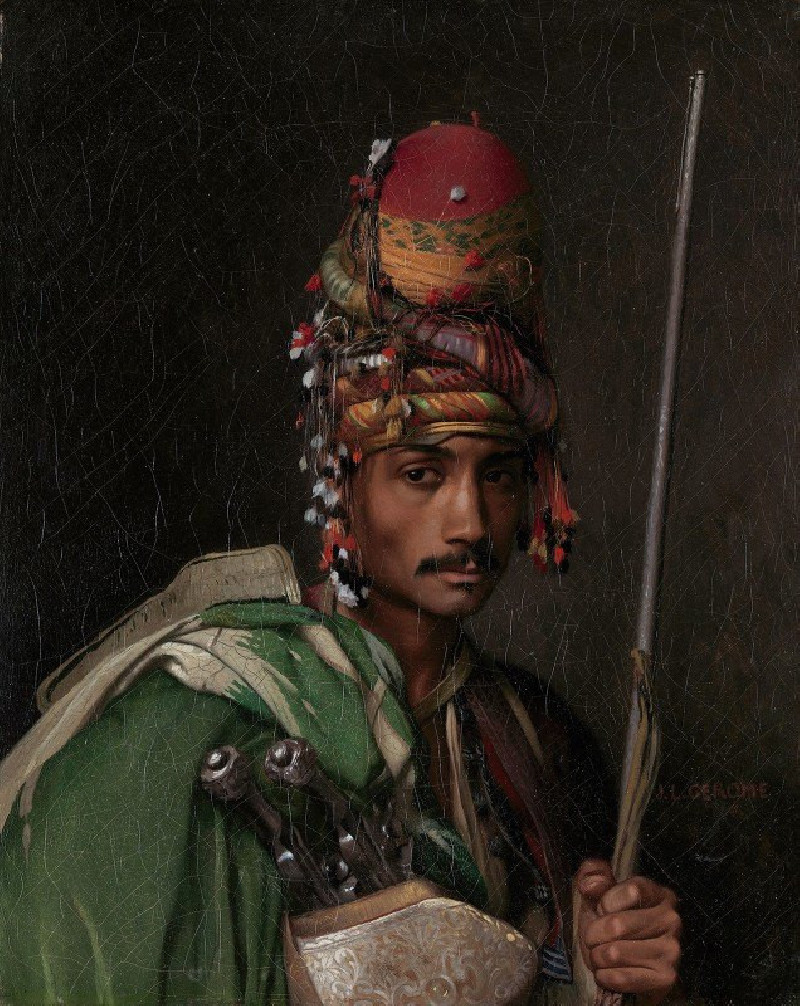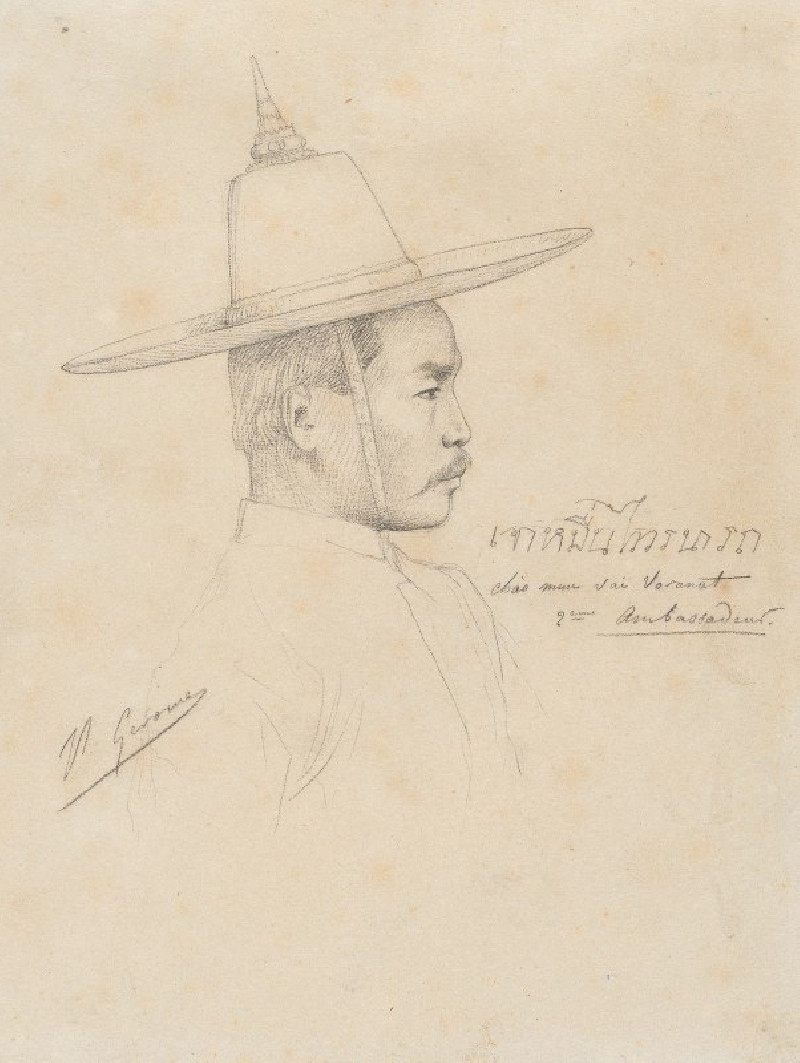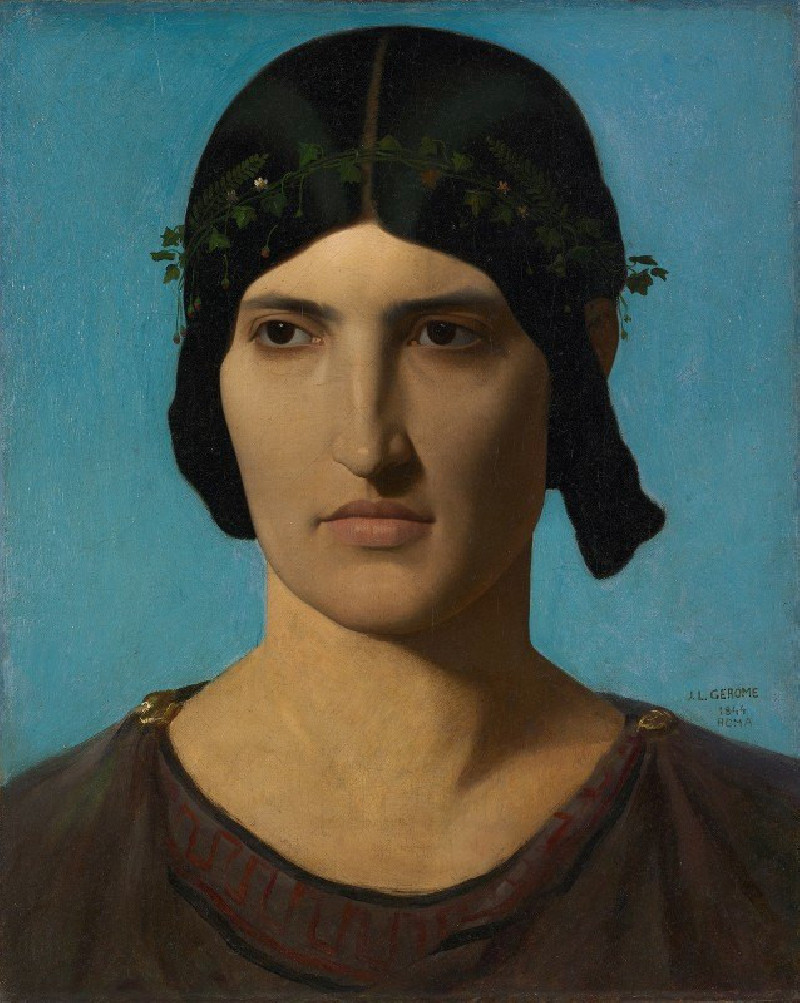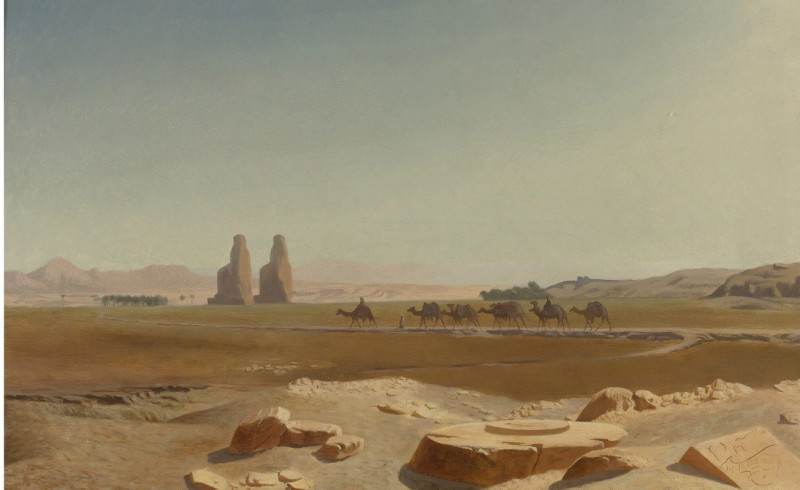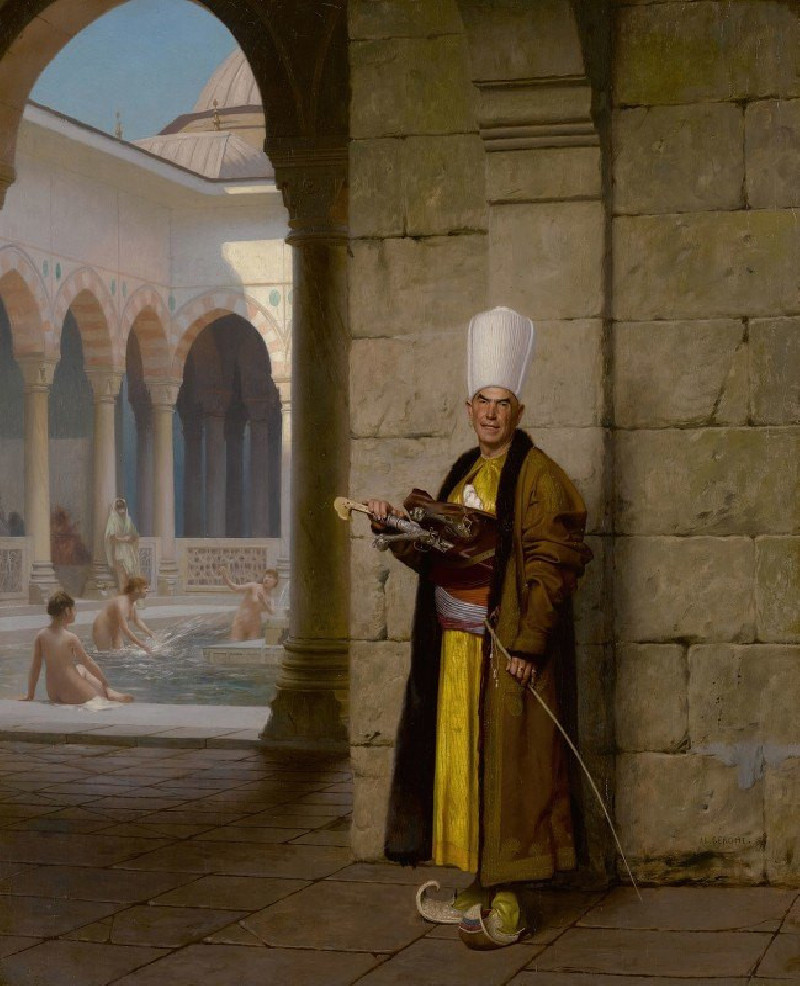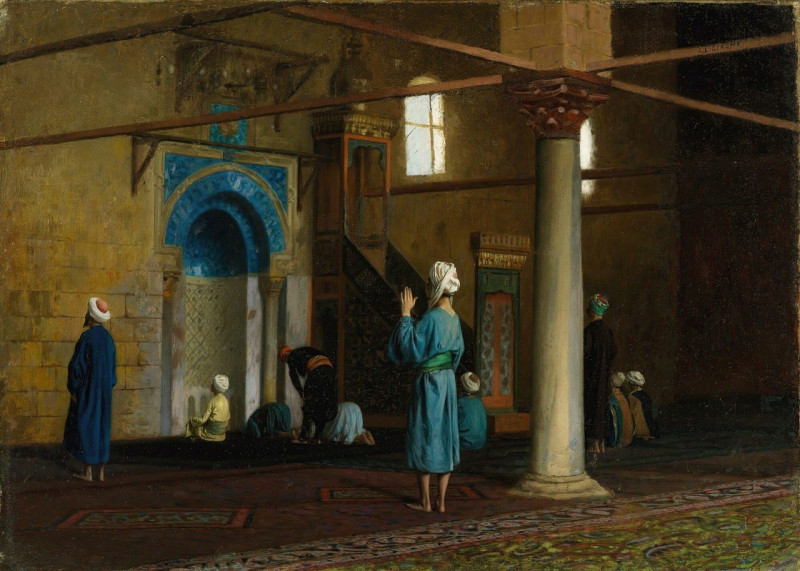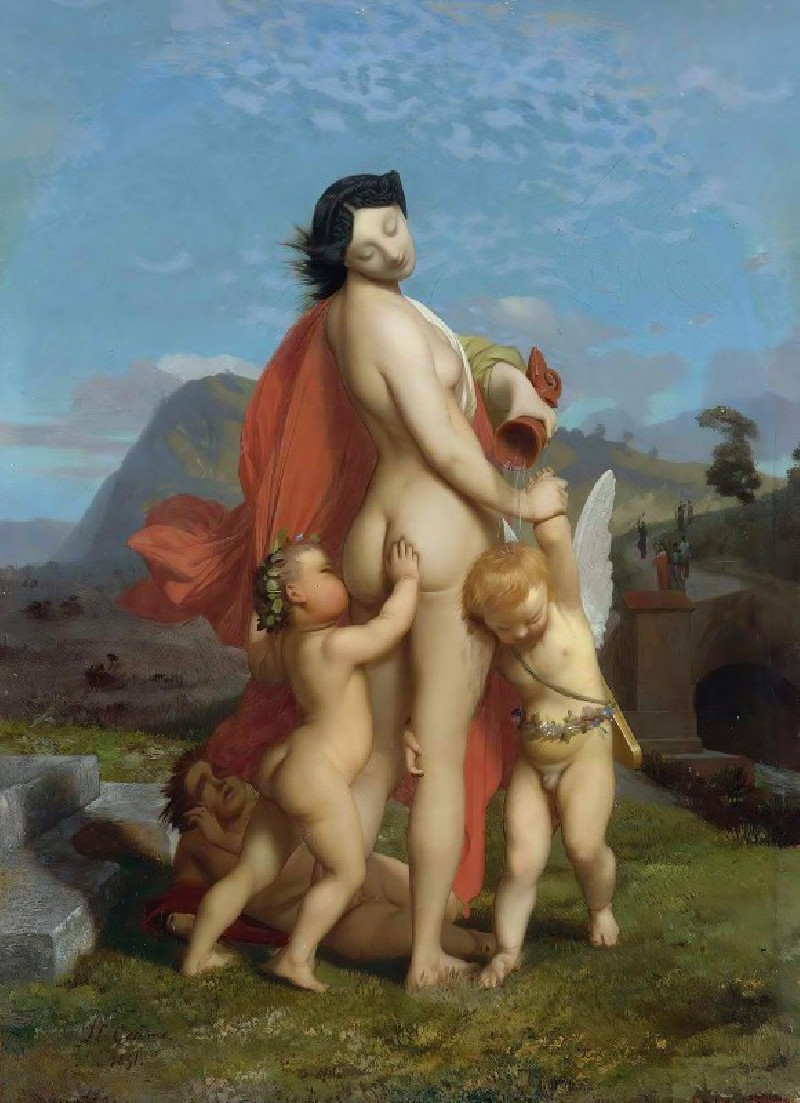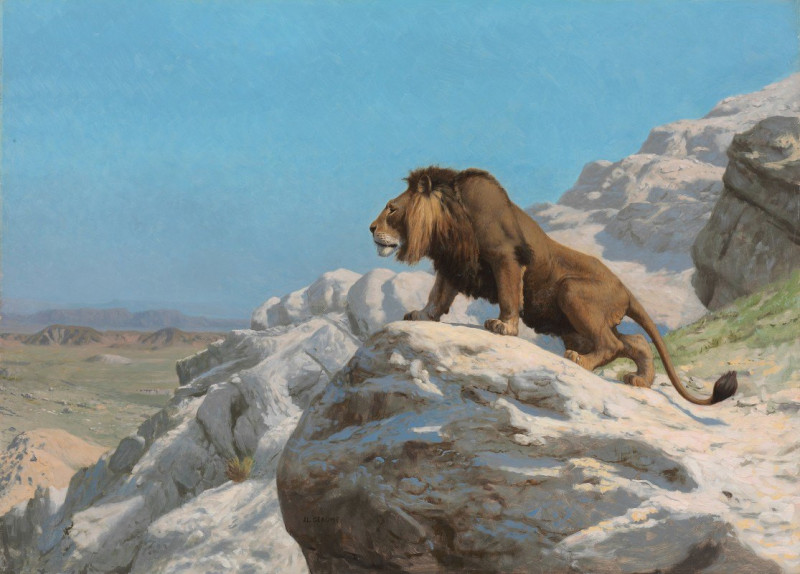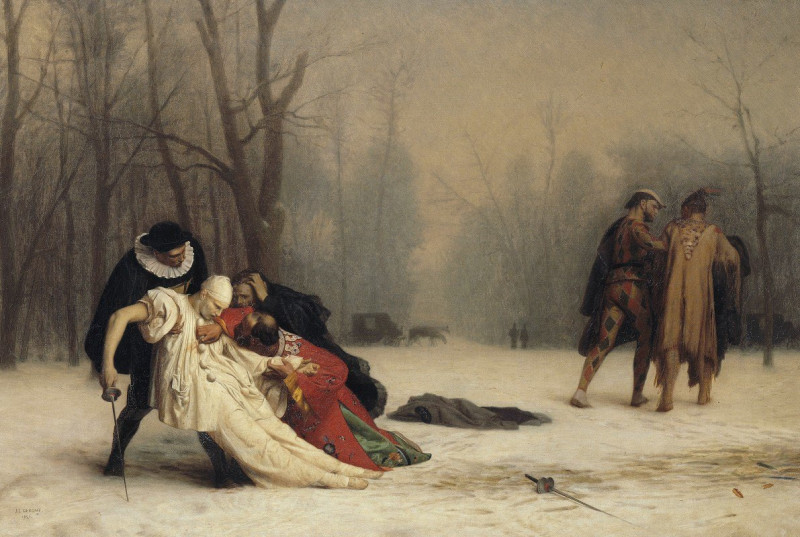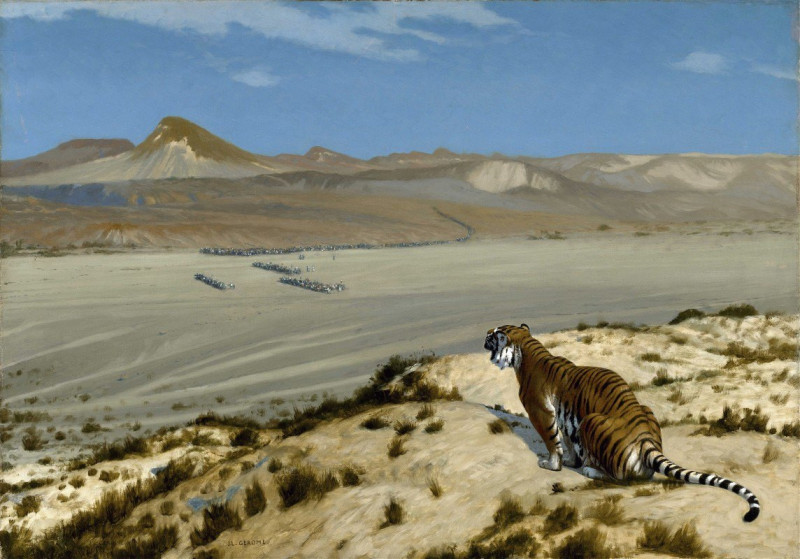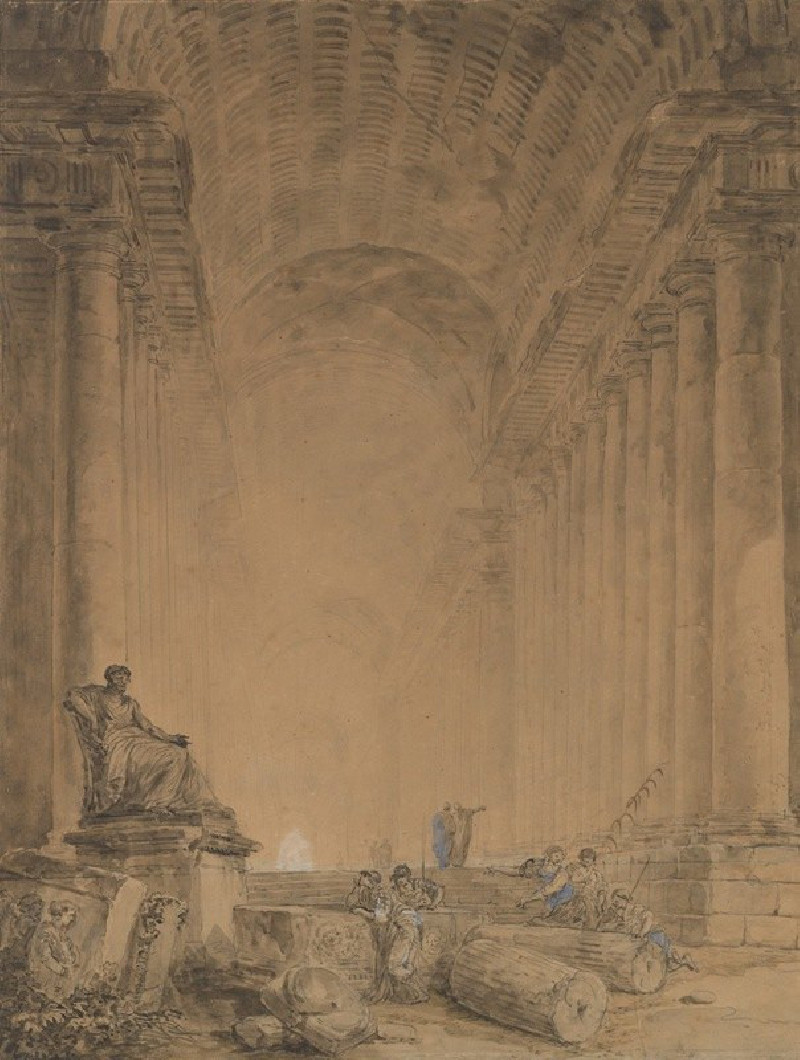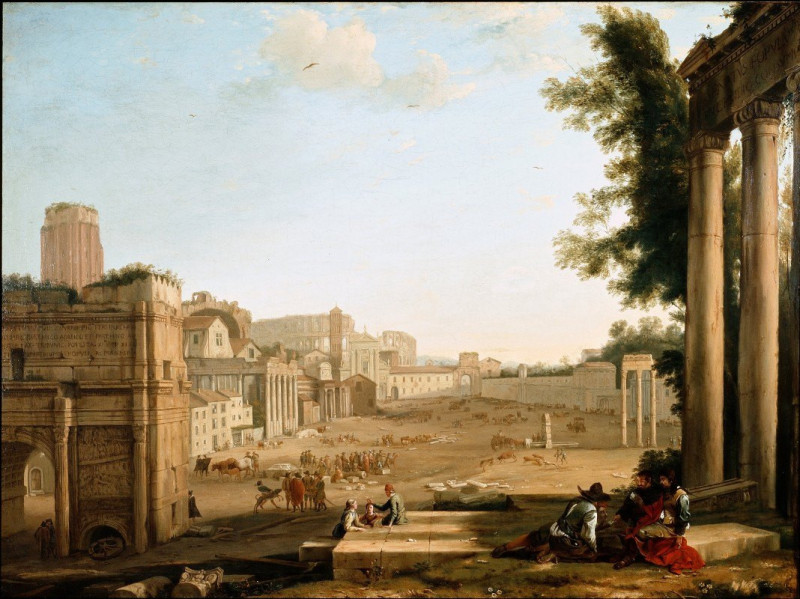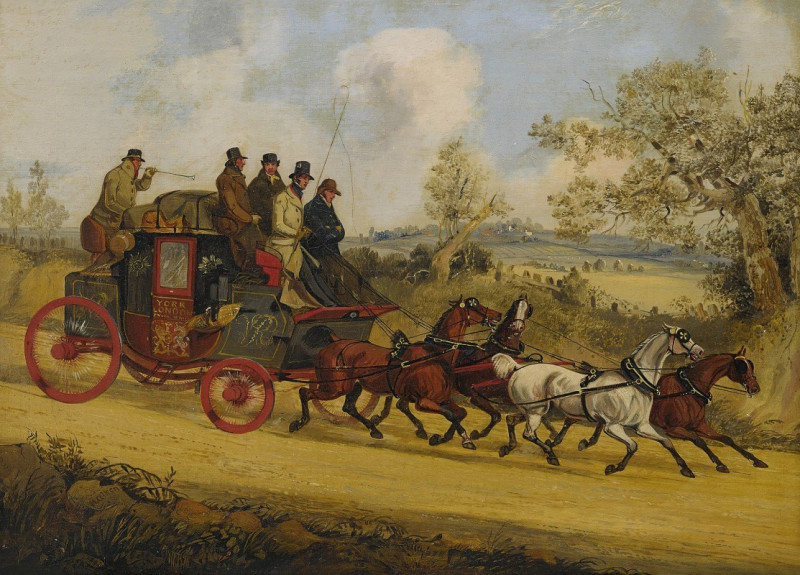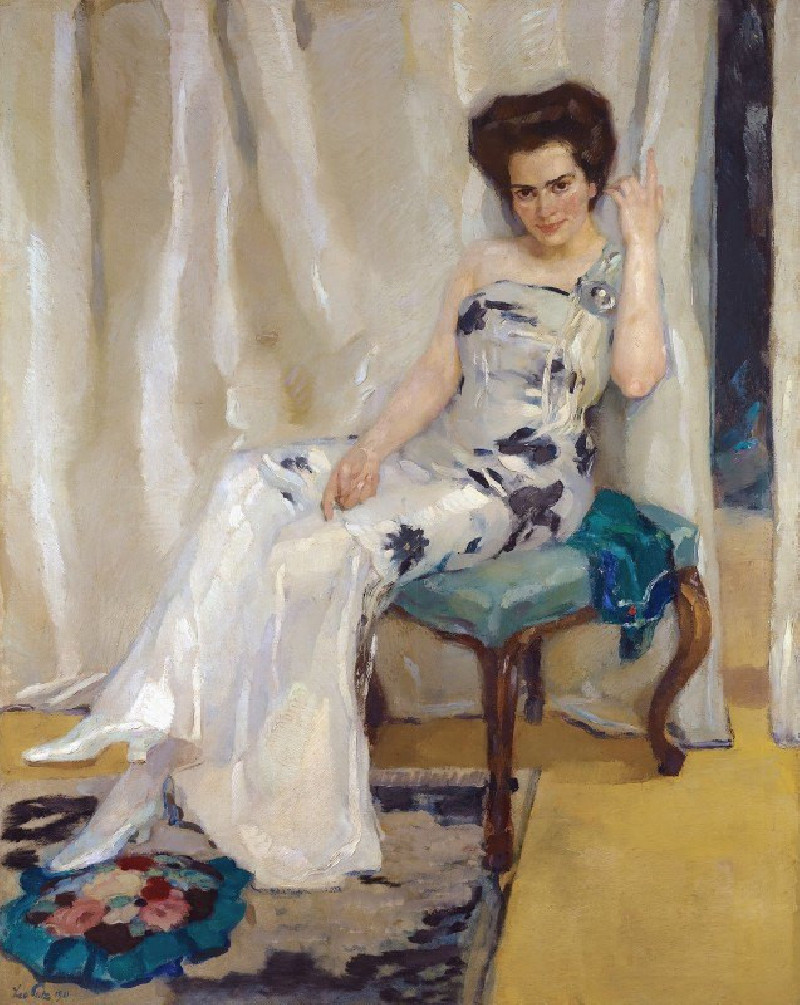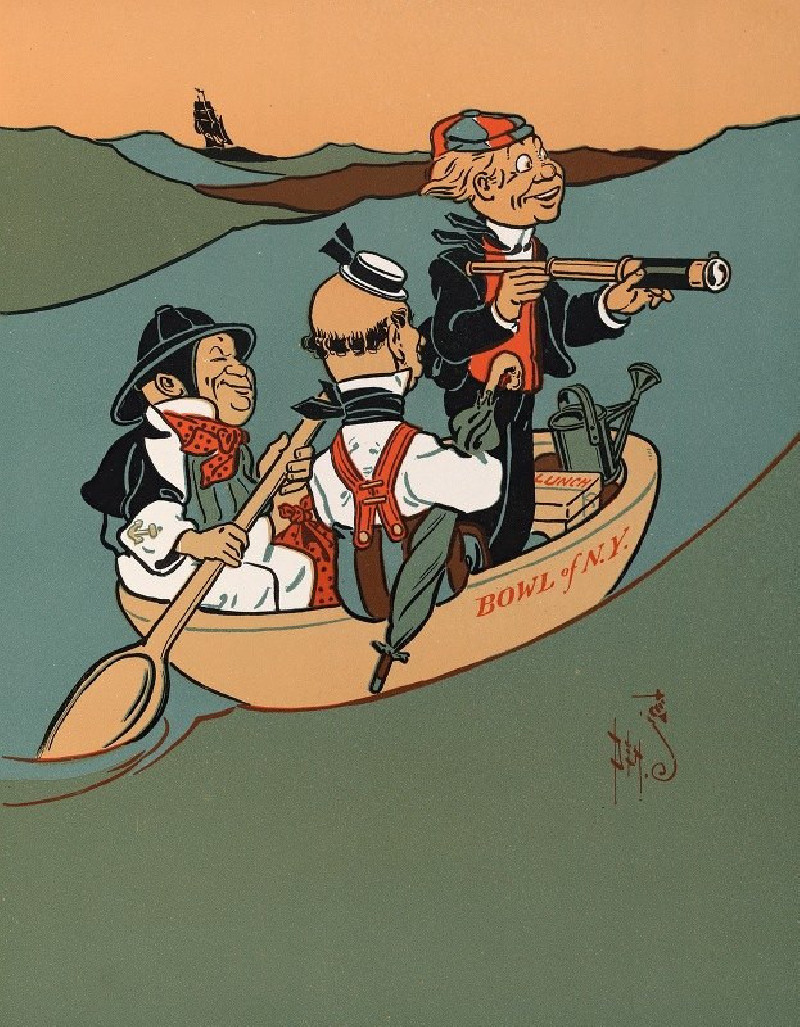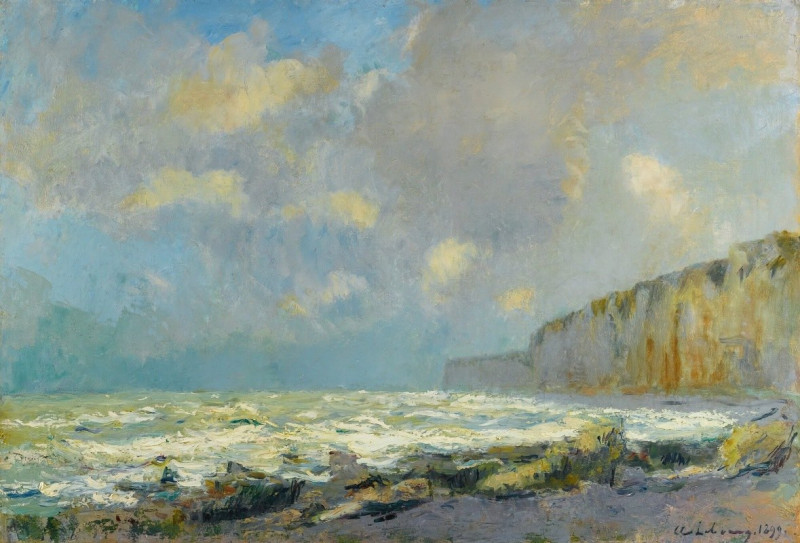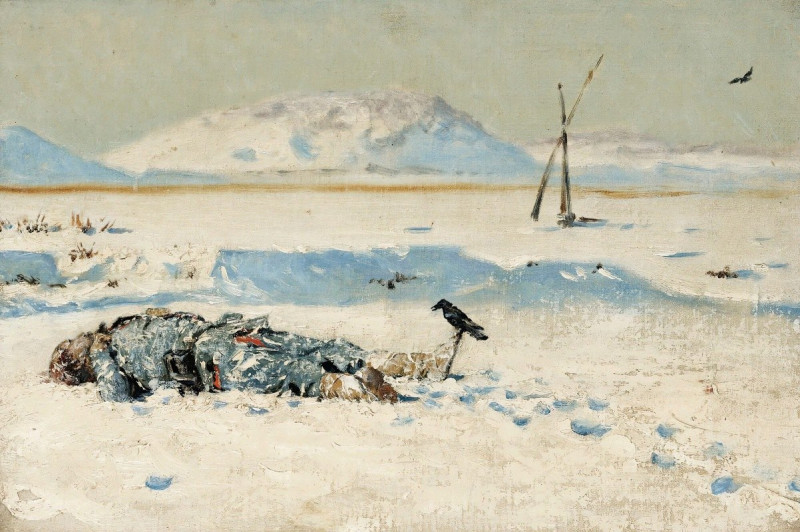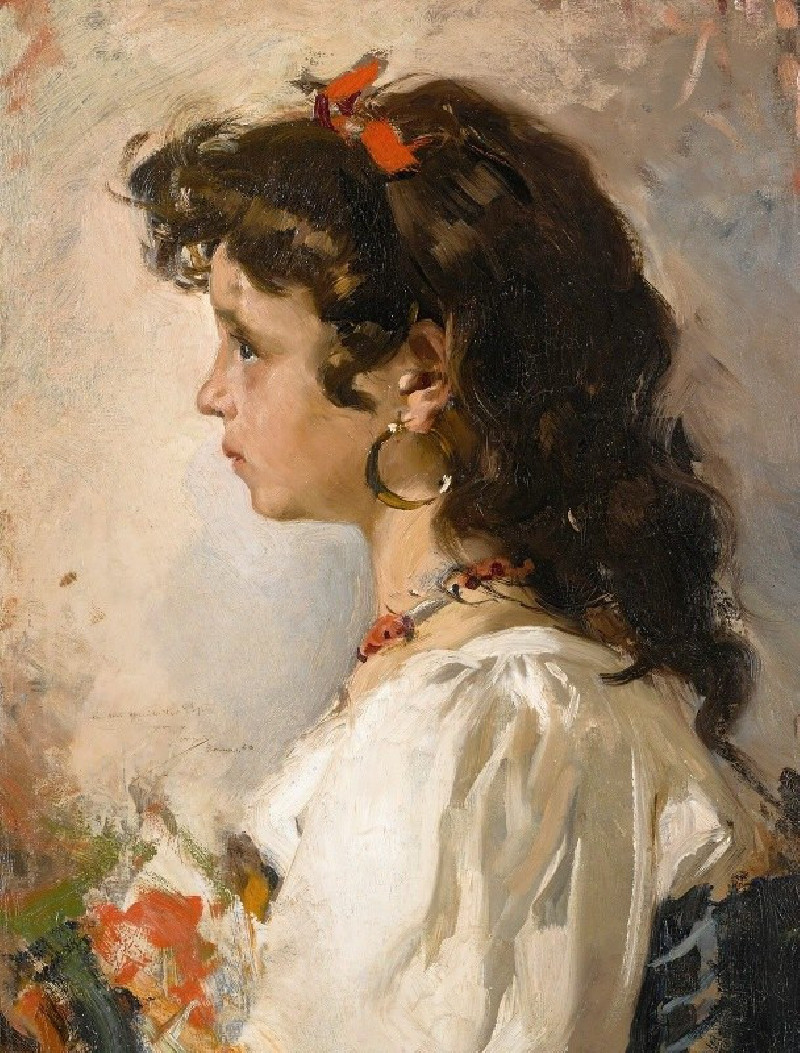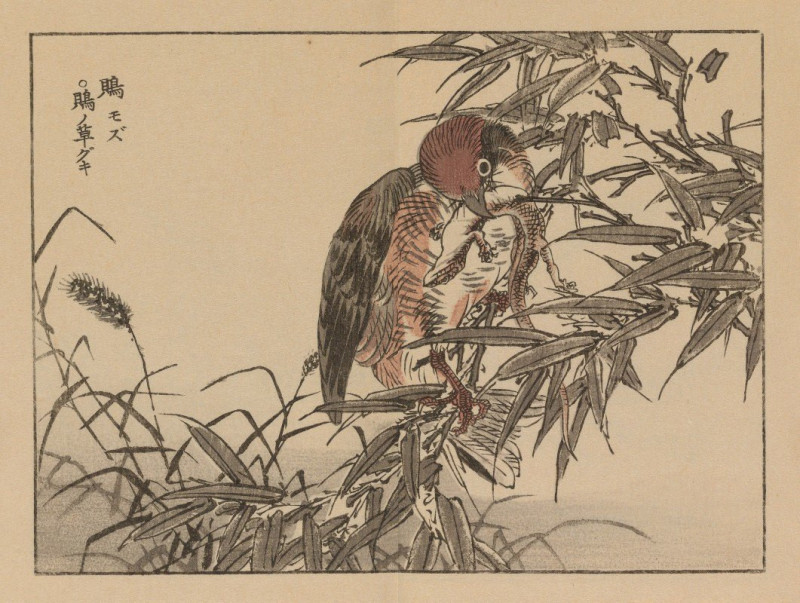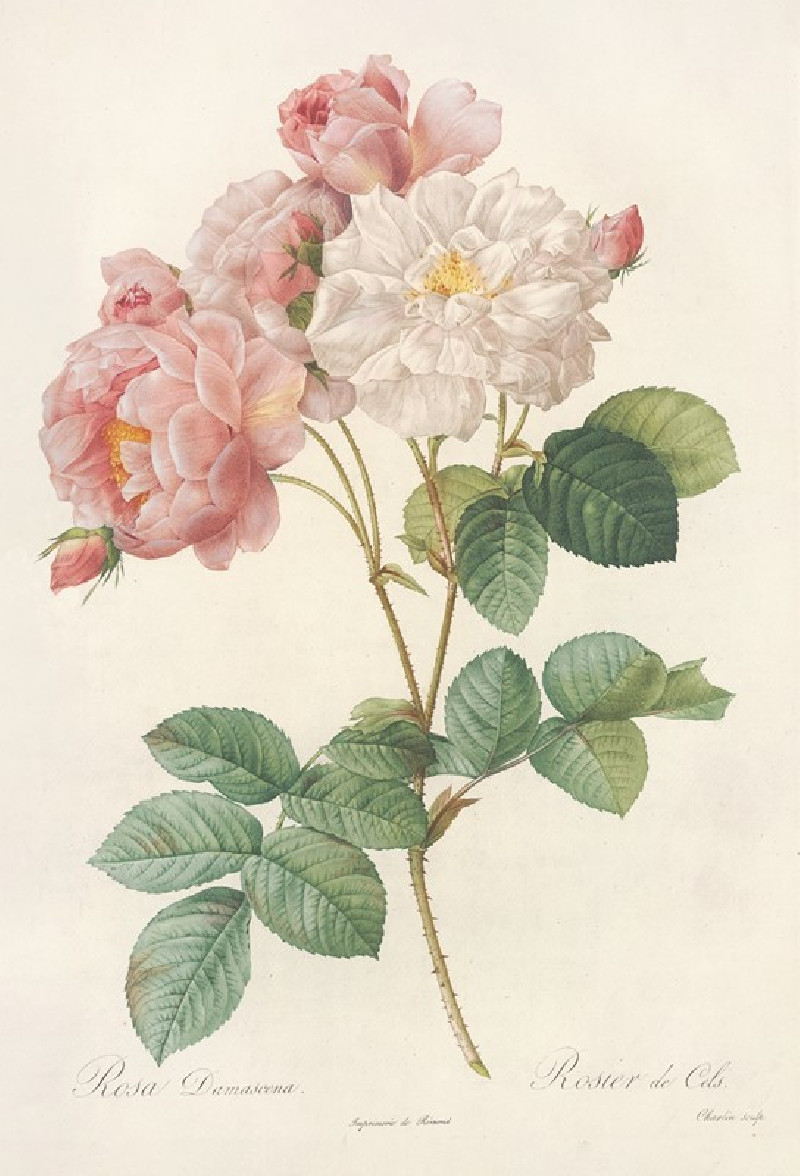Bashi-Bazouk Singing (1868)
Technique: Giclée quality print
Recommended by our customers
More about this artwork
Jean-Léon Gérôme's painting "Bashi-Bazouk Singing" (1868) captures a vibrant and dynamic scene with a rich use of color and intricate detail that conveys a moment of musical expression and leisure among the Bashi-Bazouks. Often employed as irregular soldiers by the Ottoman Empire, these figures are portrayed in a relaxed setting, a stark contrast to their usual depiction in military contexts.In this piece, Gérôme, renowned for his mastery in orientalism, paints a central figure boisterously singing while playing a stringed instrument, likely a oud. His attire is brightly colored with a white and red gown paired with a striped sash and a flowing red cape, adding a theatrical quality to his performance. His expression is animated, and his posture suggests deep involvement in his song.Surrounding him are other members of the group, each depicted in varied states of engagement. To his left, one man listens intently while smoking a hookah, contributing to the calm yet attentive atmosphere. Another leans against a wall, immersed in thought or perhaps lulled by the melody, while a fellow Bashi-Bazouk sits with a tambourine, possibly waiting for his turn to join the musical display.The setting is a dimly lit interior, with details like traditional weapons and a bird in a cage adding layers of narrative and cultural depth to the scene. These elements not only enhance the orientalist allure but also ground the scene in its geographical and historical context.Gérôme's skillful composition and the vivid portrayal of the Bashi-Bazouks invite viewers to reflect on the cultural intersections and the human aspects of these historical figures, making "Bashi-Bazouk Singing" a compelling exploration of 19th-century orientalism in European art.
Delivery
Returns
Jean-Léon Gérôme was a French painter and sculptor in the style now known as academicism. His paintings were so widely reproduced that he was "arguably the world's most famous living artist by 1880." The range of his oeuvre included historical painting, Greek mythology, Orientalism, portraits, and other subjects, bringing the academic painting tradition to an artistic climax. He is considered one of the most important painters from this academic period. He was also a teacher with a long list of students.

